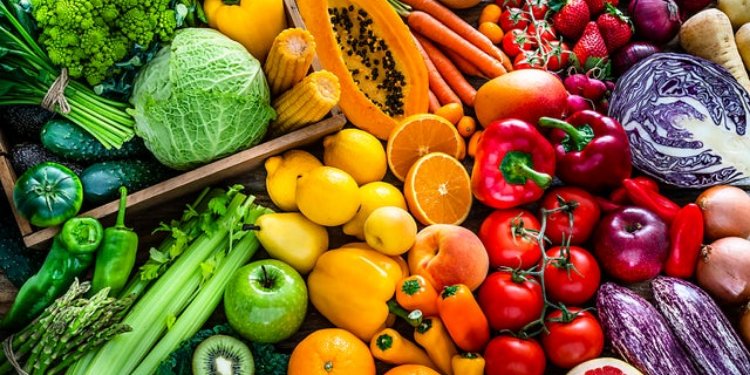FAO Food price index
According to a report released by the United Nations’ Food and Agriculture Organization (FAO) on January 6, world food prices reached a record high in 2022, despite experiencing a ninth consecutive monthly fall in December.
Record Highs in 2022
The FAO’s food price index, which tracks international prices of the most globally traded food commodities, averaged 143.7 points in 2022, marking a 14.3% increase from 2021 and the highest level since records began in 1990. The index had already gained 28% in 2021 from the previous year as the world economy recovered from the impact of the pandemic.
December Decline
In December, the benchmark index fell to 132.4 points, compared with 135.00 points in November. This decline was attributed to a drop in the international price of vegetable oils, as well as some declines in cereal and meat prices, but was offset by slight increases in sugar and dairy prices. Despite this month-on-month decrease, four of the FAO’s five food sub-indexes – cereals, meat, dairy, and vegetable oils – reached record highs in 2022, while the sugar sub-index hit a 10-year high.
Impact on Poor Countries
The FAO predicted last year that the rising costs of food imports would lead poorer countries to reduce the volume of shipped goods. The Cereal Price Index, in particular, rose 17.9% in 2022 due to factors including market disruptions, higher energy and input costs, adverse weather conditions, and continued strong global food demand.
Efforts to Mitigate Rising Costs
In an effort to mitigate the impact of these rising costs, the U.N. established a grain export channel from Ukraine in 2021. This, along with the prospect of improved supplies in producing countries, has helped to partially offset the initial surge in food prices caused by the Ukraine conflict.
Overall, despite experiencing a consecutive monthly fall in December, the FAO’s food price index reached a record high in 2022, driven by the conflict in Ukraine and a range of other factors including market disruptions, higher energy and input costs, adverse weather conditions, and strong global food demand. The rising cost of food imports is likely to impact poorer countries, leading them to reduce the volume of shipped goods. However, initiatives such as the U.N.-backed grain export channel from Ukraine and the prospect of improved supplies in producing countries may help to mitigate some of these rising costs.
Month: Current Affairs - January, 2023
Category: Reports & Indexes Current Affairs


